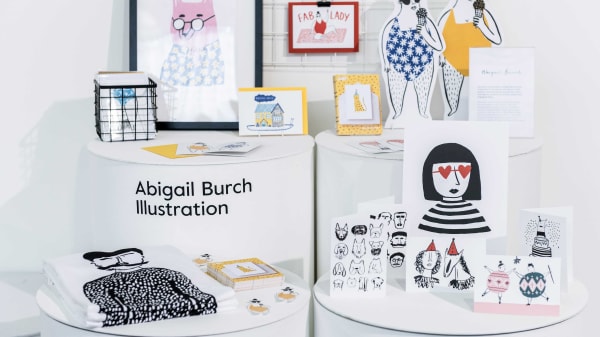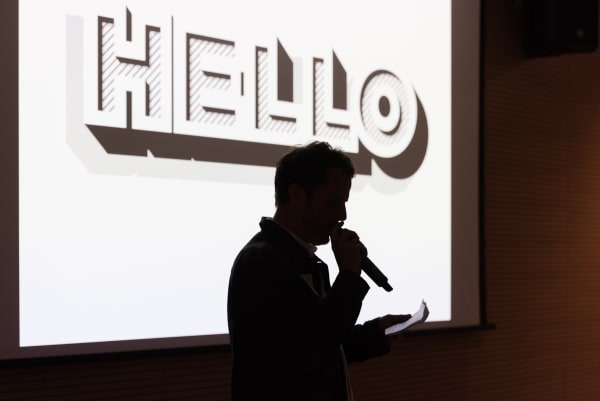
The purpose of a press release is to tell journalists about your product, business, or event and to convince them that it is newsworthy. You can write your own press release by following these steps:
Press release format
- Release date
Insert the date at the top. If you want your news to be published after a certain date, write ‘Embargoed until’ and insert the date in large writing at the top of the page.
- Heading
Think of it as a newspaper headline i.e. attention grabbing but factual. A good heading will encourage people to read on.
- Opening paragraph
Summarise your message in the opening paragraph – what, when, who, where, why?
- Second paragraph
What is the product, service or event; when and where is it being launched or happening; who is the person or company behind it and why is it exciting?
- Quote
Include a quote where possible as journalists like hearing from people. The quote usually forms the third paragraph of a press release. Ensure that any quote is relevant and you have permission from the person you’re quoting.
- Images
Including images is important if you are promoting visual work. Make sure that any images are compressed to avoid making your file huge. You can also attach images to your email but keep any unsolicited emails to under 3MB. If you have lots of images, you can attach a thumbnail sheet to show journalists which high-resolution images are available. You could link directly to a folder on a file hosting site. For print publications journalists require high-resolution (300dpi or greater) images.
- Notes to Editors
The ‘Notes to Editors’ section at the end of your press release is an opportunity for you to provide more detail or technical information that is too boring for the main release. It’s good to include a brief synopsis on your company in this section too.
- Contact details
Make sure that people can get hold of you for information by including your name, contact telephone number and email address.
Tips:
- Decide what your angle is – would you be interested to read your story? If not it may not be worth your time.
- Research who is best to send your press release to and send personalised emails.
- Save your press release as a Word or PDF file to ensure that the recipient can open the file.
- If you’re embedding images, saving your file as a PDF will make sure that it looks the same on all computers.
- A press release should be no more than two sides of A4 including pictures. Key information should be on the first page and as high up the release as possible.
- Ensure that you put a date at the top. Your press release may be kept on file so it’s important for journalists to see whether information is current.
- Journalists are often working to tight deadlines so it’s essential that your respond to requests for additional information (e.g. quotes, images) as quickly as possible.
Resources
Useful links
Stay in touch
Related content
-

Photo by Damian Griffiths
Exhibitions and trade shows
Find out how to choose the right opportunities and make the most from being at exhibitions and trade shows.
-

Abigail Burch's stand at Pulse 2018. Photo by Damian Griffiths
How to get paid
Read our guidance on how to invoice and get paid for your work if you freelance or set up your own business.
-

Image courtesy of UAL
Self-promotion and marketing
Careers and Employability offers online advice and guidance for UAL students and graduates about self-promotion and marketing.